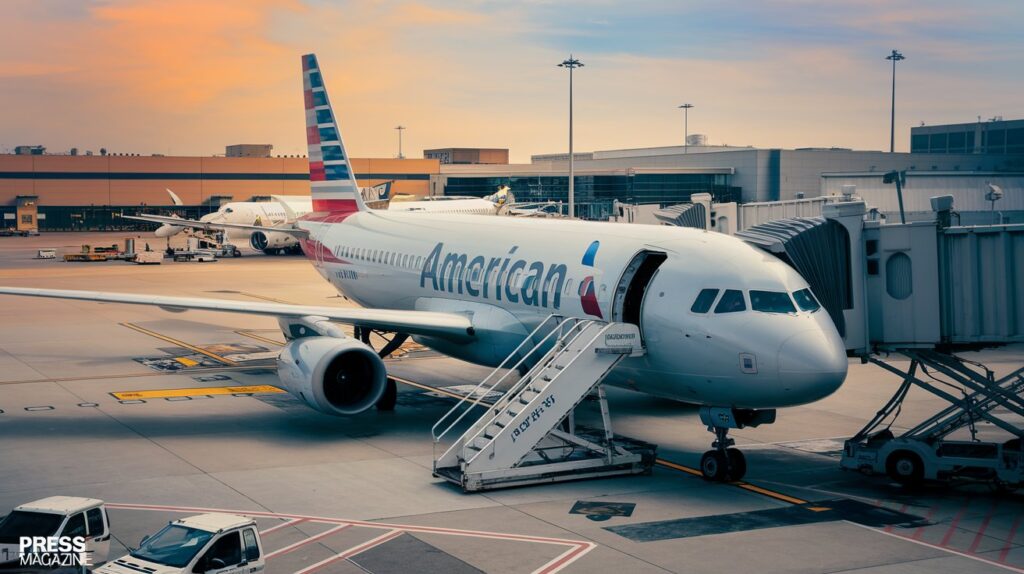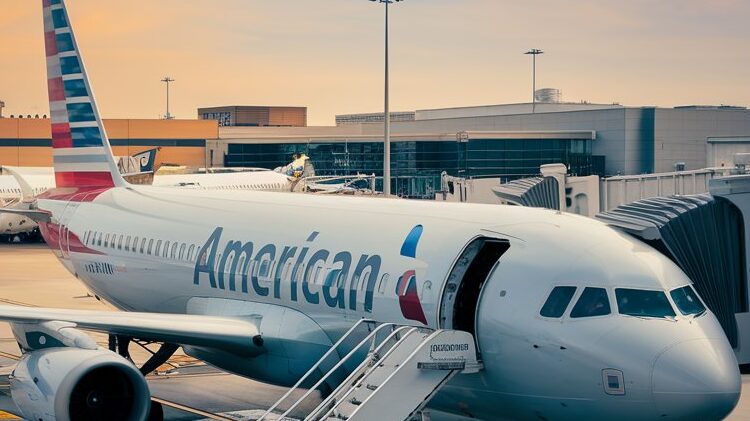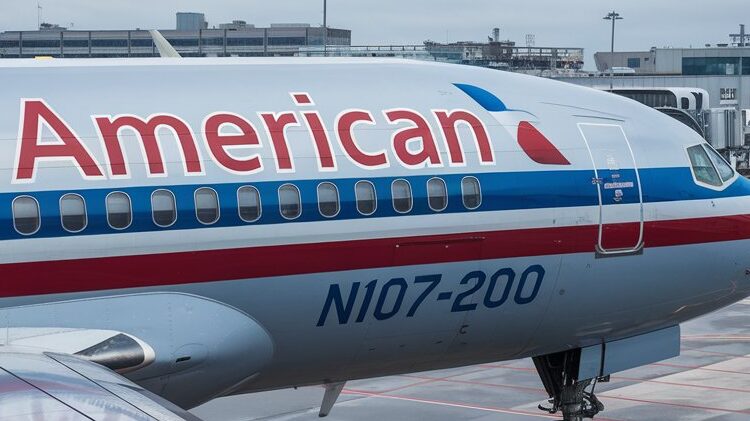
What Happened on American Airlines Flight 457Q?
On August 14, 2023, American Airlines Flight 457Q became the center of an alarming incident at Boston Logan International Airport. Scheduled to depart for Chicago O’Hare International Airport, the flight faced an unexpected and dangerous situation that nearly resulted in a catastrophic accident. The event underscores the importance of strict adherence to air traffic control protocols and the inherent risks present in aviation.
The Critical Incident: A Close Call
As American Airlines Flight 457Q was preparing for takeoff, the flight crew received clearance from air traffic control to proceed down the runway. Everything seemed to be going according to plan until a Spirit Airlines plane, unexpectedly and without proper clearance, crossed the hold short line on the runway. This sudden movement forced the crew of American Airlines Flight 457Q to abort the takeoff at the last moment. The near-miss incident was so severe that it could have led to a disastrous collision had it not been for the quick and decisive actions of the pilots and air traffic controllers.
The Response and Immediate Aftermath
Following the aborted takeoff, American Airlines Flight 457Q was directed back to the gate. Undoubtedly shaken by the incident, the passengers had to wait approximately two hours before the flight was cleared to depart again. The flight eventually reached its destination in Chicago, but the gravity of what had nearly occurred lingered in the minds of everyone involved.

FAA Investigation: Seeking Answers and Accountability
The Federal Aviation Administration (FAA) quickly investigated the incident. The primary focus was to determine how the Spirit Airlines aircraft managed to cross the runway without clearance, thereby endangering the lives of everyone on American Airlines Flight 457Q. The FAA’s investigation aimed to uncover any procedural failures or miscommunications that may have contributed to this near-disaster.
The investigation thoroughly reviews air traffic control communications, cockpit voice recordings, and flight data from both aircraft. The goal is to hold those responsible for errors accountable to ensure that similar incidents do not occur in the future. This incident has become a case study of maintaining rigorous safety standards and communication protocols within the aviation industry.
Lessons Learned: The Importance of Vigilance and Protocol
The near-miss involving American Airlines Flight 457Q is a stark reminder of the complexities and risks inherent in air travel. Even in an industry that prides itself on safety and precision, human errors or lapses in communication can have potentially fatal consequences.
Air traffic controllers and pilots must operate with unwavering vigilance, ensuring that every command and response is unambiguous. The incident also highlights the importance of technology and systems that can help prevent such close calls. Modern advancements in aviation technology, including improved runway monitoring systems and enhanced communication tools, are vital in mitigating the risks of human error.

Air Traffic Control: A Demanding and Crucial Role
The role of air traffic controllers cannot be overstated. These professionals are responsible for safe and efficient movement of thousands of daily flights. In the case of American Airlines Flight 457Q, the controllers’ quick decision to cancel the takeoff clearance likely averted a tragedy. This incident sheds light on the intense pressure and responsibility that air traffic controllers face daily, managing complex and dynamic airspace with split-second decisions that can save lives.
The Passenger Experience: A Moment of Fear
The incident was undoubtedly terrifying for the passengers aboard American Airlines Flight 457Q. While many people board flights assuming that air travel is routine and safe, events like this serve as a sobering reminder of the potential dangers. The delay in departure and the uncertainty surrounding the situation would have left many passengers anxious, and such experiences can have a lasting impact on their perception of air travel.
Also Read: Eva Marcille twin sister: Eva Twin?
Moving Forward: Enhancing Aviation Safety
As the FAA continues its investigation, the aviation industry must take this incident as a call to action. Enhancing safety protocols, improving communication systems, and investing in advanced technology are essential steps in preventing future near-misses like the one involving American Airlines Flight 457Q. The industry must also train pilots and air traffic controllers continuously to ensure they are prepared to handle unexpected situations.
Conclusion: A Wake-Up Call for the Aviation Industry
The incident involving American Airlines Flight 457Q is a powerful reminder of the importance of safety and vigilance in aviation. While the outcome was ultimately safe, the narrow margin by which disaster was avoided cannot be ignored. The lessons learned from this event must be taken seriously by everyone involved in the aviation industry, from pilots and air traffic controllers to regulators and airline executives.
By prioritizing safety and learning from incidents like this, the industry can ensure that air travel remains one of the safest modes of transportation. American Airlines Flight 457Q will undoubtedly be remembered as a close call, but it should also catalyze positive change in aviation safety practices.

Thank you for your sharing. I am worried that I lack creative ideas. It is your article that makes me full of hope. Thank you. But, I have a question, can you help me?